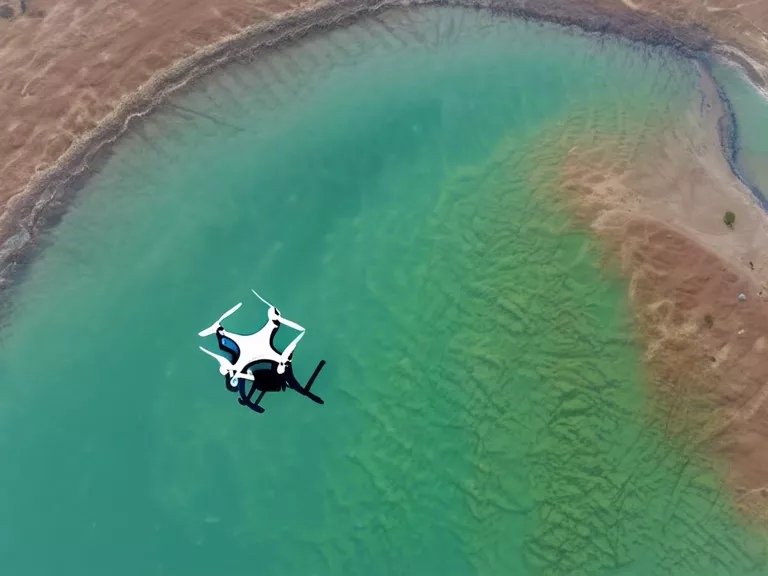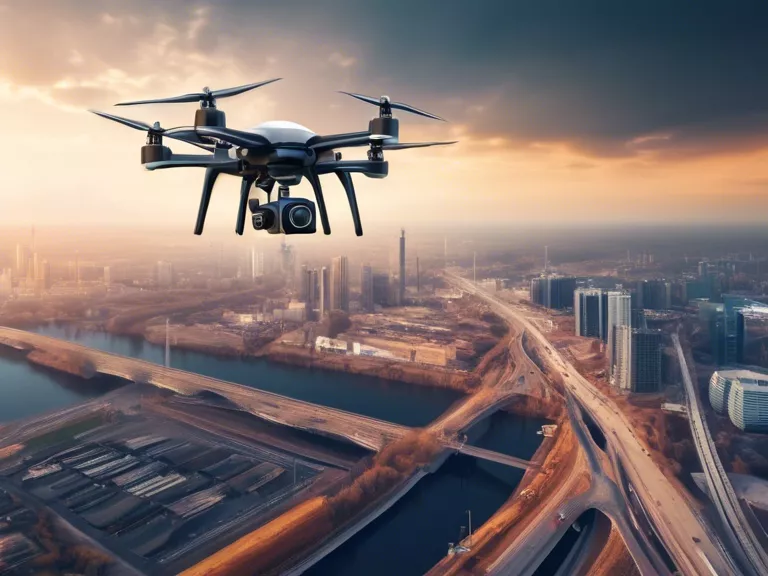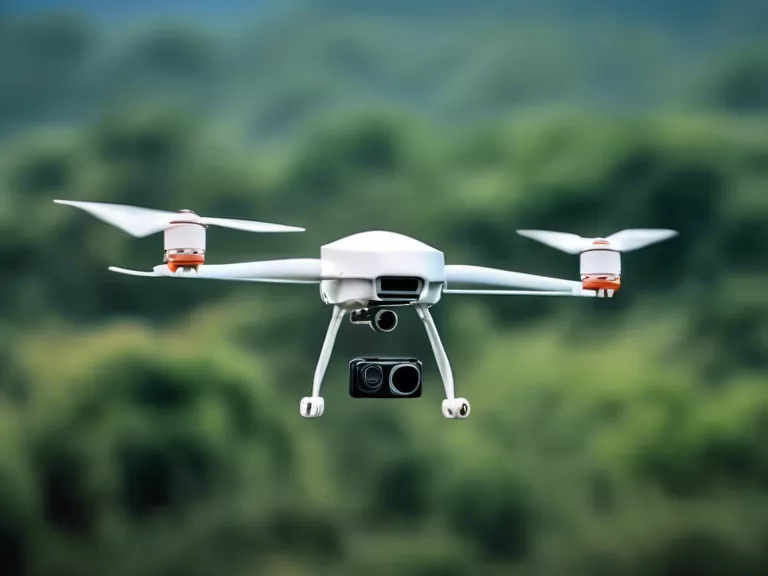
Drones have revolutionized the way environmental research is conducted by providing real-time data collection capabilities that were once impossible or extremely difficult to achieve. These unmanned aerial vehicles offer numerous advantages in terms of cost-effectiveness, efficiency, and safety compared to traditional methods of data collection.
One of the key benefits of using drones for environmental research is their ability to cover large areas quickly and effectively. Drones equipped with high-resolution cameras and other sensors can capture detailed images and data in a fraction of the time it would take on foot or by using manned aircraft. This rapid data collection allows researchers to monitor changes in the environment in near real-time, providing valuable insights into ecosystem dynamics, wildlife populations, and other important environmental factors.
In addition to speed and efficiency, drones also offer a level of accessibility that was previously unavailable to many researchers. With the ability to fly over rugged terrain, dense forests, or other challenging environments, drones can collect data from areas that are difficult or dangerous to access on foot. This increased accessibility opens up new opportunities for environmental research in remote or hard-to-reach locations.
Furthermore, the data collected by drones can be analyzed and processed in real-time, allowing researchers to make informed decisions and adjustments to their study design as needed. This immediate feedback loop can lead to more efficient data collection efforts and better overall research outcomes.
Overall, drones are playing a critical role in supporting real-time data collection for environmental research. By providing fast, cost-effective, and accessible data collection capabilities, drones are helping researchers gain a deeper understanding of our changing environment and inform conservation efforts for the future.



